Creating Pencil Drawing Pictures can be a delightful and accessible way to express your creativity on paper. Whether you’re a beginner or just looking for a relaxing artistic activity, pencil drawings offer a versatile medium that allows you to capture a wide range of subjects. Start by sketching simple objects or shapes, gradually moving on to more complex subjects as you gain confidence
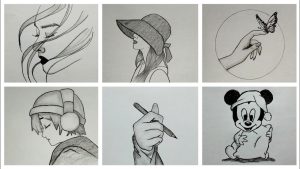
A Guide to Pencil Drawing Pictures
Pencil Drawing Pictures is a timeless art form, accessible to anyone with a pencil and a passion for creativity. Whether you’re a seasoned sketcher or a complete beginner, there’s something undeniably satisfying about capturing the world around you in soft graphite strokes.
This guide will equip you with the basic tools and techniques to embark on your artistic journey, and maybe even create some masterpieces of your own!
Step 1: Gather Your Supplies
You don’t need fancy equipment to get started. A simple pencil and drawing paper will suffice. For beginners, a HB pencil is a good all-rounder, providing a balance between light and dark tones. As you progress, you can experiment with a variety of pencil grades (H for harder, B for softer) to achieve different effects.
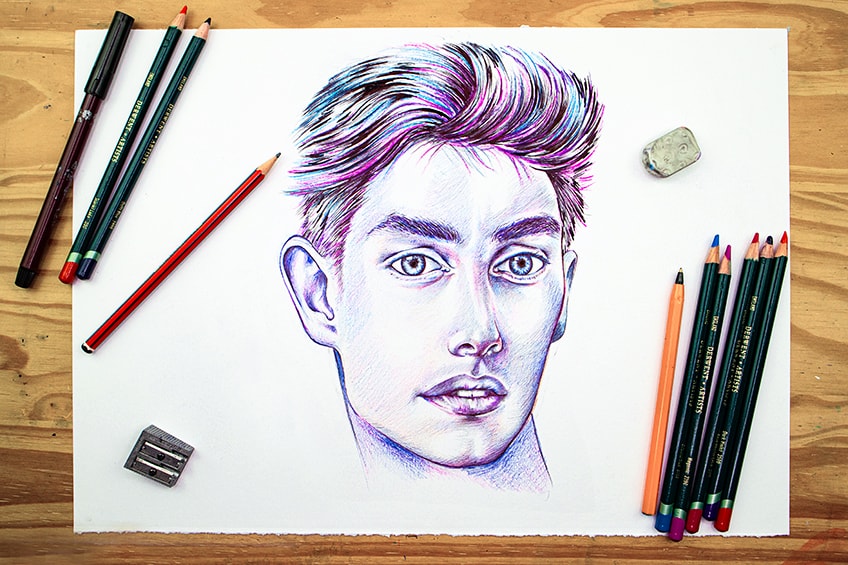

Simple Steps for Pencil Drawing Success
Here are some simple steps to follow for success in pencil drawing:
1. Gather your supplies:
- Pencils: Start with a basic HB pencil for general sketching and shading. As you progress, you can experiment with a variety of pencil grades (H for harder, B for softer) for different effects.
- Drawing paper: A smooth, medium-weight drawing paper is ideal. Avoid using lined paper, as it can interfere with your drawing.
- Eraser: A kneaded eraser is a good choice for lifting graphite without smudging.
2. Find your inspiration :
Look around you for drawing inspiration! Simple objects like fruits, flowers, or household items are great for beginners. Still life drawings are a fantastic way to practice fundamental skills like observation, shading, and composition.
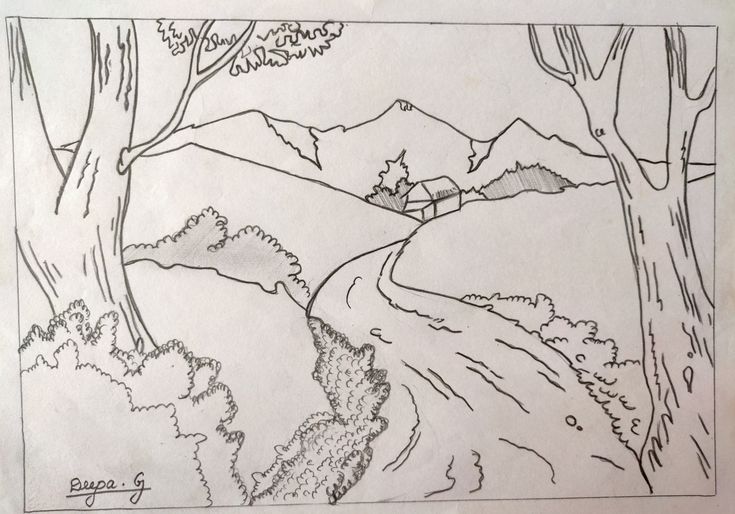
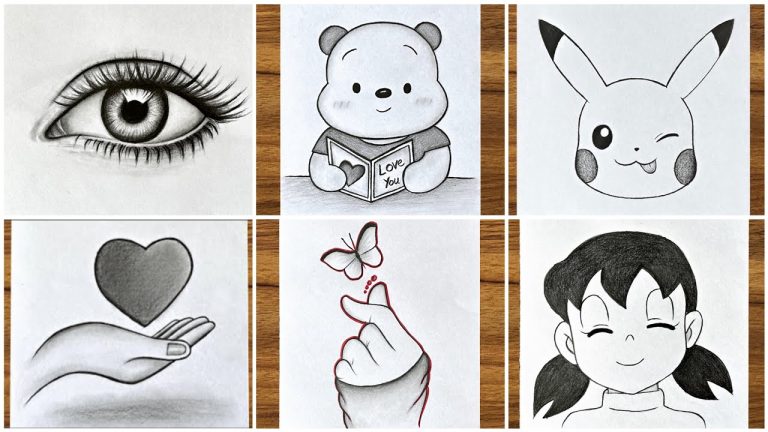
Pencil Drawing Pictures for Relaxation
Drawing is a fantastic way to unwind and de-stress, and pencil sketching is a great place to start. Here are some easy and relaxing pencil drawing ideas you can try:
1. Nature Mandalas:
Mandalas are beautiful circular patterns that can be incredibly calming to draw. You can find endless inspiration online for nature-themed mandala designs, featuring leaves, flowers, feathers, or even animal silhouettes. Start with a simple pencil sketch and then add intricate details as you relax.
2. Zentangle Patterns:
Zentangle is a meditative drawing method that involves creating repetitive patterns using simple lines, dots, and curves. It’s a great way to focus on the present moment and let your worries fade away. Grab a Zentangle tile or draw a small square on your paper, and let your creativity flow in calming black and white patterns.
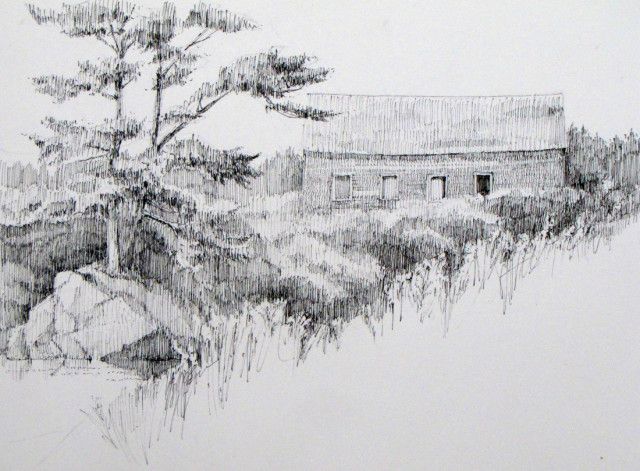
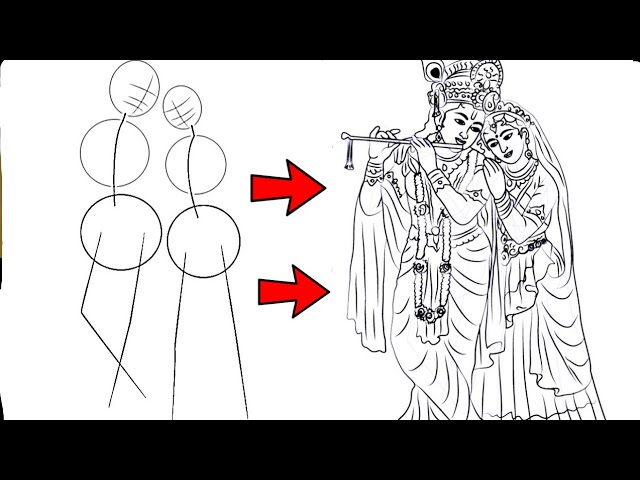
A Beginner's Guide to Drawing
Whether you’ve always admired artistic skills or simply want a new creative outlet, drawing is a fantastic journey waiting to be explored. This guide will equip you with the basic tools and techniques to embark on your artistic adventure, even if you’ve never held a pencil with artistic intent before!
Step 1: Gather Your Supplies
You don’t need fancy equipment to get started. A simple HB pencil and drawing paper will suffice. HB pencils provide a good balance between light and dark tones, making them ideal for beginners. As you progress, you can experiment with a variety of pencil grades (H for harder, B for softer) for different effects.
Pro Tip: A kneaded eraser is your friend! It lifts graphite cleanly without smudging, unlike regular erasers.
Step 2: Find Your Inspiration
Look around you for drawing inspiration! Start with simple objects like fruits, flowers, or household items. Still life drawings are a great way to practice fundamental skills like observation, shading, and composition.
Step 3: Master the Basic Shapes
Before diving into intricate details, break down your subject into basic geometric shapes. Circles, squares, triangles, and rectangles form the foundation of almost any object. Practice drawing these shapes accurately and confidently.
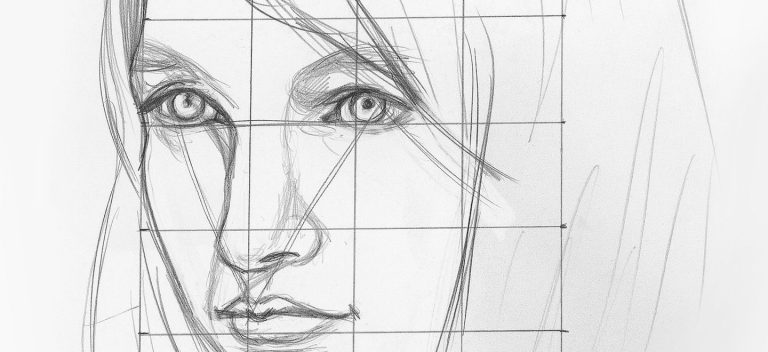
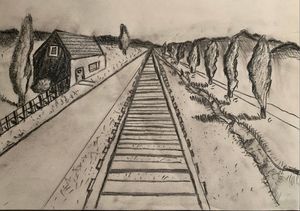
The Beauty of Effortless Pencil Drawing Pictures
There’s a certain magic to effortless pencil drawings, isn’t there? The way they seem to dance onto the page with minimal fuss, yet capture intricate details and emotions with such delicate strokes. It’s like they whisper secrets of the artist’s soul, each line a testament to years of honed skill and unspoken understanding.
The beauty of these drawings lies in their deceptive simplicity. They may appear effortless, but they’re born from countless hours of practice, meticulous observation, and a deep understanding of light and shadow. It’s like watching a master ballet dancer – years of grueling training hidden behind the grace and ease of every movement.
Here are some things that contribute to the magic of effortless pencil drawings:
- Economy of line: Every stroke has a purpose, conveying shape, texture, or emotion with the fewest possible lines. There’s no clutter, no wasted movement, just the essence of the subject captured in its purest form.
- Subtlety of shading: The shading blends seamlessly, creating soft gradients and delicate highlights that dance across the paper. It’s like the artist has captured the very breath of light and shadow on the subject.
- Focus on negative space: The spaces between the lines become just as important as the lines themselves. They define the shapes, create depth, and allow the eye to rest and wander across the drawing.
- A touch of imperfection: The beauty of these drawings often lies in their imperfections. A slightly wonky line, a smudged shadow, a hint of texture – these imperfections add character and remind us that art is a human endeavor, not a quest for robotic precision.
Effortless pencil drawings are more than just technical skill; they’re a testament to the artist’s soul. They invite us into their world, allowing us to glimpse the beauty they see, the emotions they feel, and the stories they tell without a single word. So next time you encounter one of these seemingly effortless masterpieces, take a moment to appreciate the years of dedication and passion that went into its creation.
Pencil Drawing Pictures for Beginners
Drawing is a fantastic way to explore your creativity and unwind, and pencil sketching is a perfect place to start. Here are some easy and safe pencil drawing ideas for beginners:
Nature Delights:
- Leaf Symphony: Focus on the unique shapes and vein patterns of different leaves. Experiment with simple shading to add depth and texture.
- Blooming Beauties: Capture the delicate petals and vibrant colors of your favorite flowers. Tulips, daisies, and sunflowers are great choices.
- Fruitful Friends: Apples, bananas, and pears offer simple forms and interesting textures. Play with light and shadow to create a still life composition.
Remember:
- Keep it simple: Don’t overwhelm yourself with complex subjects. Start with small, achievable projects and gradually build your skills.
- Practice makes perfect: The more you draw, the more comfortable and confident you’ll become. Don’t be afraid to experiment and make mistakes – they’re part of the learning process!
- Have fun! Drawing should be a joyful experience. Enjoy the process, explore different techniques, and most importantly, unleash your creativity.
Frequently Asked Questions (FAQs)
- Start with simple shapes: Begin by sketching basic shapes like circles, ovals, and rectangles to represent the head, torso, and limbs. This will help you build a foundation for your drawing before adding details.
- Pay attention to proportions: The proportions of a girl’s body are generally different from those of a boy. For example, the head is typically larger in proportion to the body, and the waist is narrower than the hips.
- Oversexualization: Avoid drawing girls in overtly suggestive poses or clothing. Focus on capturing their personality and individuality rather than their physical attributes.
- Clichés and stereotypes: Don’t fall into clichés like damsels in distress or overly bubbly princesses. Be creative and explore diverse representations of girls.
- Art books and tutorials: There are many great books and online tutorials available that can teach you how to draw girls in different styles. Look for resources specifically focused on female figure drawing or character design.
- Online communities: Join online communities or forums for artists who draw girls. This is a great way to get feedback on your work, learn from others, and stay inspired.




















